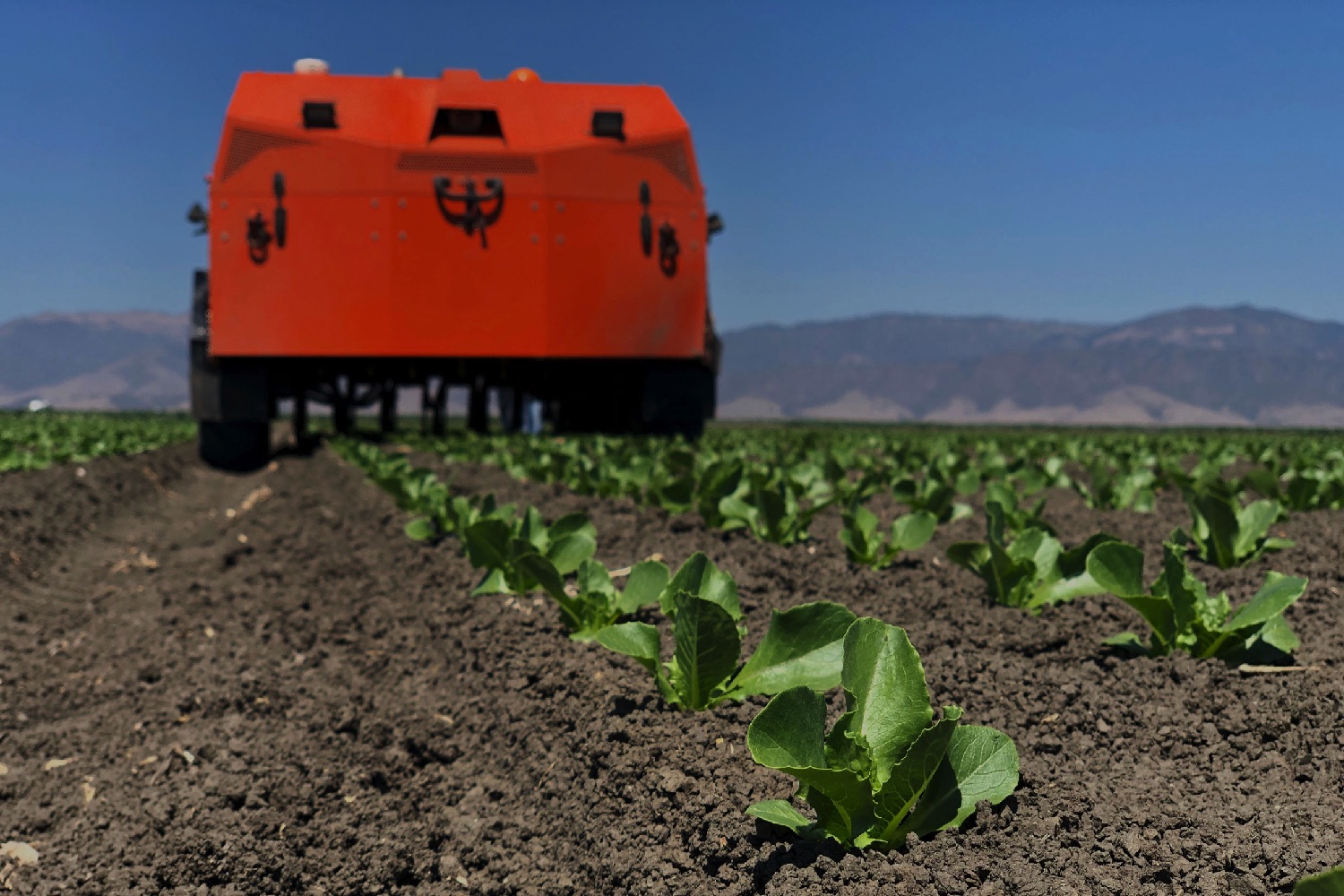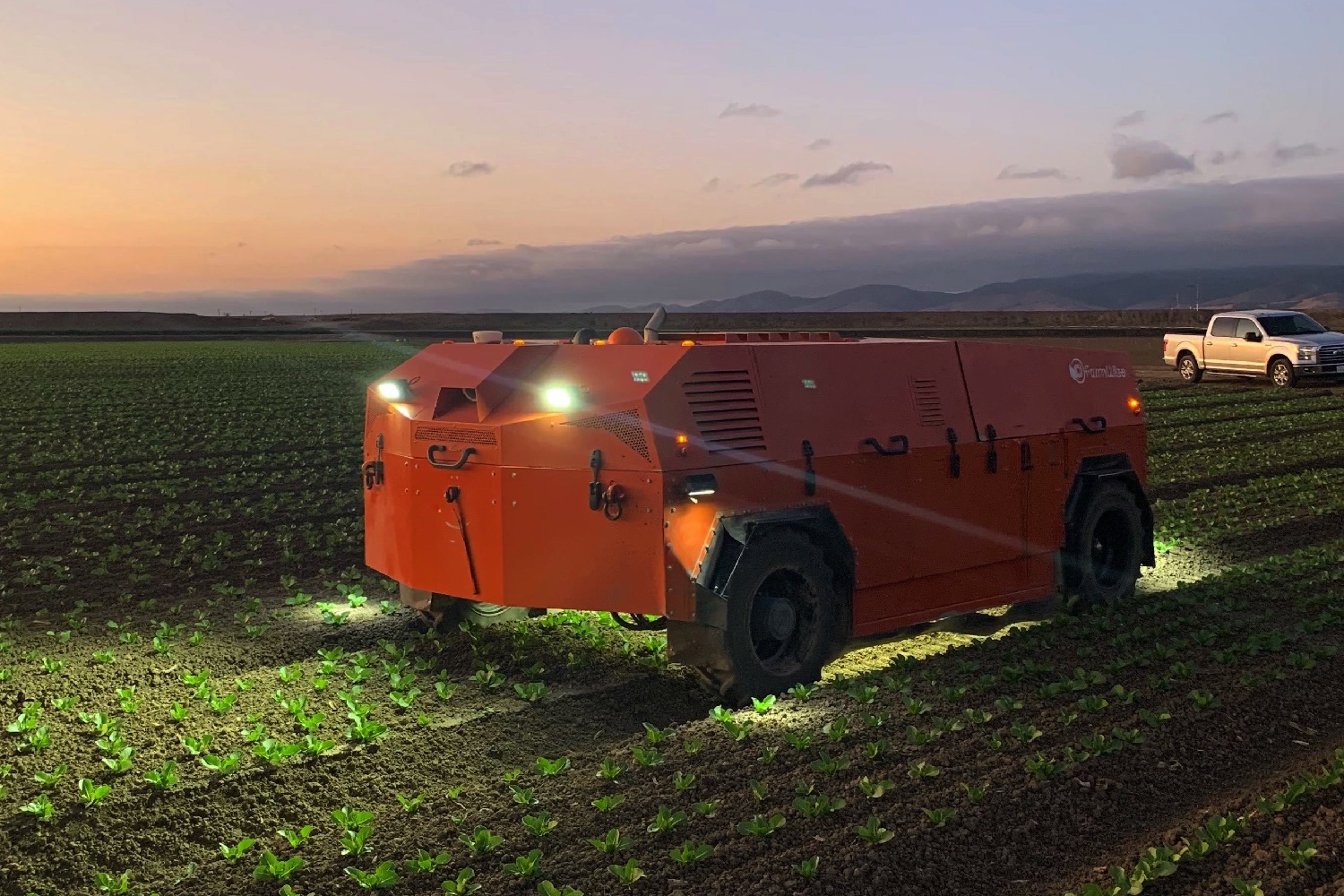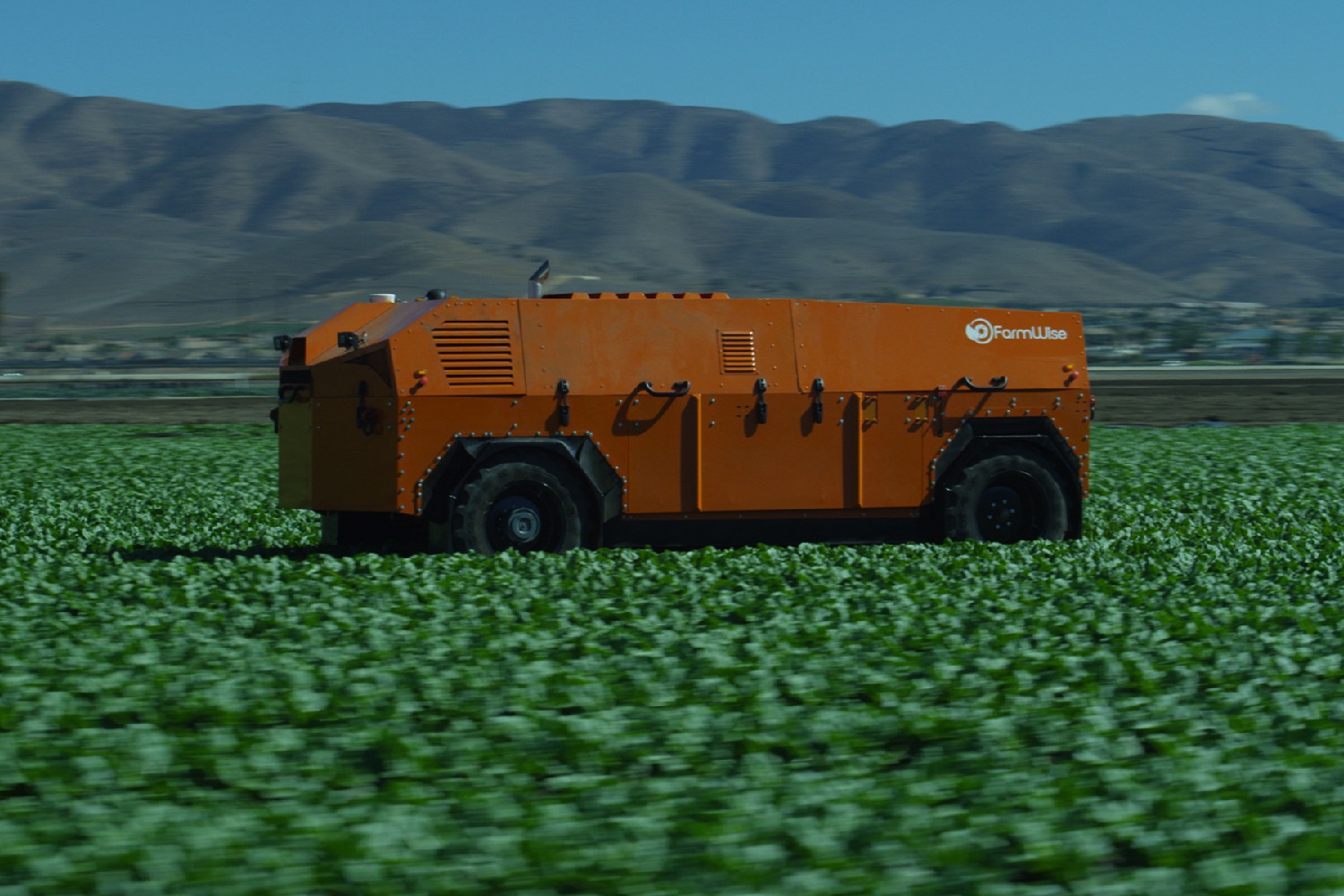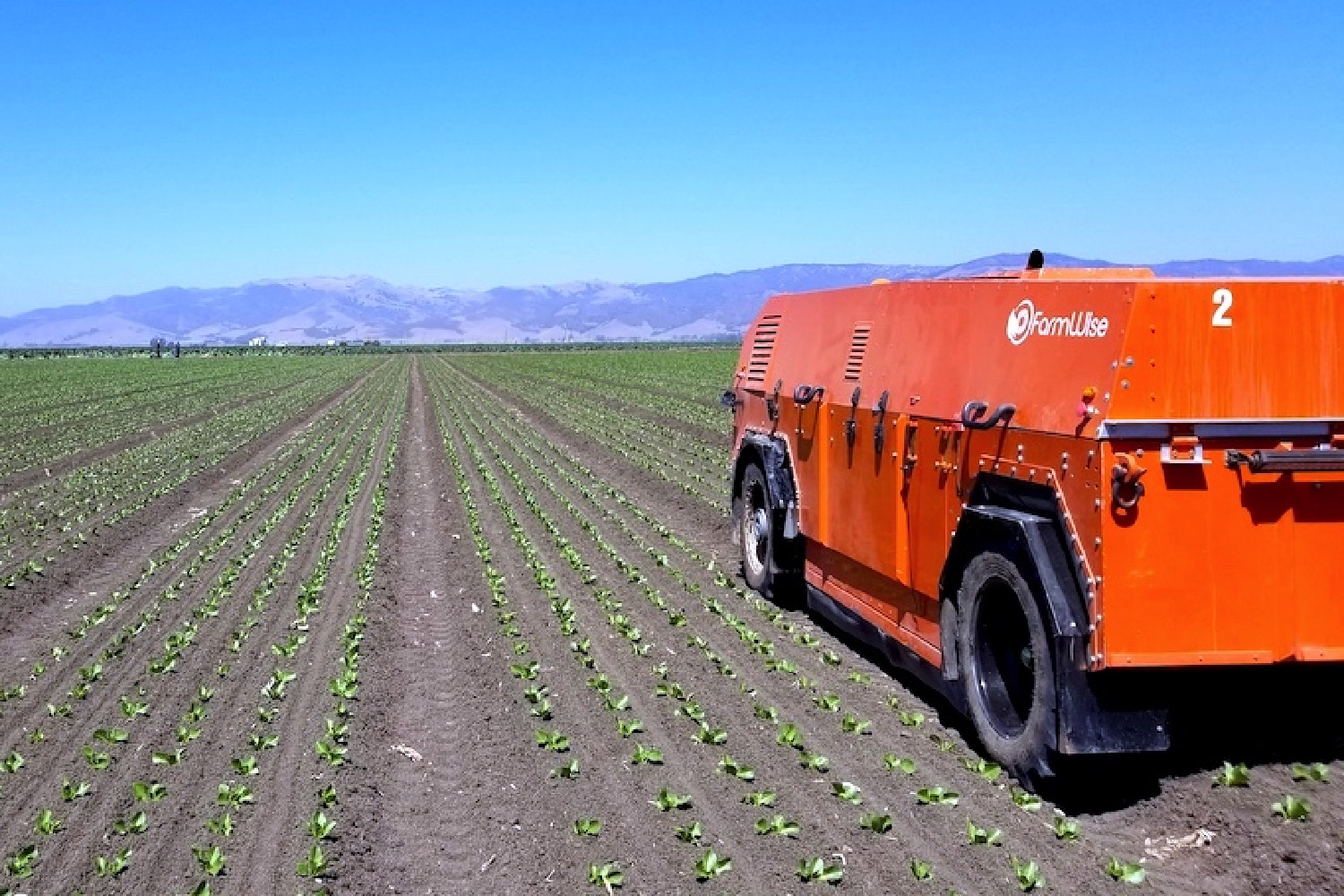Killer robots are coming to a farm near you. Well, weed-killing robots, that is. Developed by autonomous farming robot startup FarmWise, these weed-killing machines have already removed weeds from more than 10 million plants. In the process, not only are they automating a job that, frankly, no one wants to do manually, but also finding a less chemical-reliant way of doing it.
The robot carries out its weeding using a combination of computer vision and high-precision mechanical tools, allowing it to identify weeds and which crops that need to be preserved. Instead of treating crops with chemicals designed to kill weeds, it plucks weeds out of the ground wherever it finds them, creating a chemical-free alternative for use in the field.
“We have built technologies that are allowing us to capture information, make decisions, and perform actions at the crop level,” Sebastien Boyer, co-founder and CEO of FarmWise, told Digital Trends. “This changes everything for farmers, as they can now optimize their processes based on what every single crop needs. To do this, we have leveraged the team’s expertise in state-of-the-art A.I. and robotics technologies [by designing] from the ground up a universal farming robot.”
FarmWise isn’t just stopping at weeding, however. Using its plant-detection technology, the company aims to build a platform that can be used by farmers to monitor the individual health of crops, making it possible to adjust targeted interventions.
FarmWise says it has raised $14.5 million in venture funding that will help it grow its robotic engineering and operation teams, along with boosting research-and-development efforts on plant-level detection and actuation capabilities.
“Based on the success of our robots on the field this year, we decided to raise more funding to accelerate the deployment of our robots and the service that goes with it,” Boyer said. “We will use this new funding to accelerate our deployments, as well as continue the development of more and more capabilities for our robots, which creates increasing value for every one of our customers.”
Between robot weeding machines, autonomous tractors, and even entire robot-controlled farms, the world of agriculture sure is looking different these days from the way it has for the past couple-hundred years.







